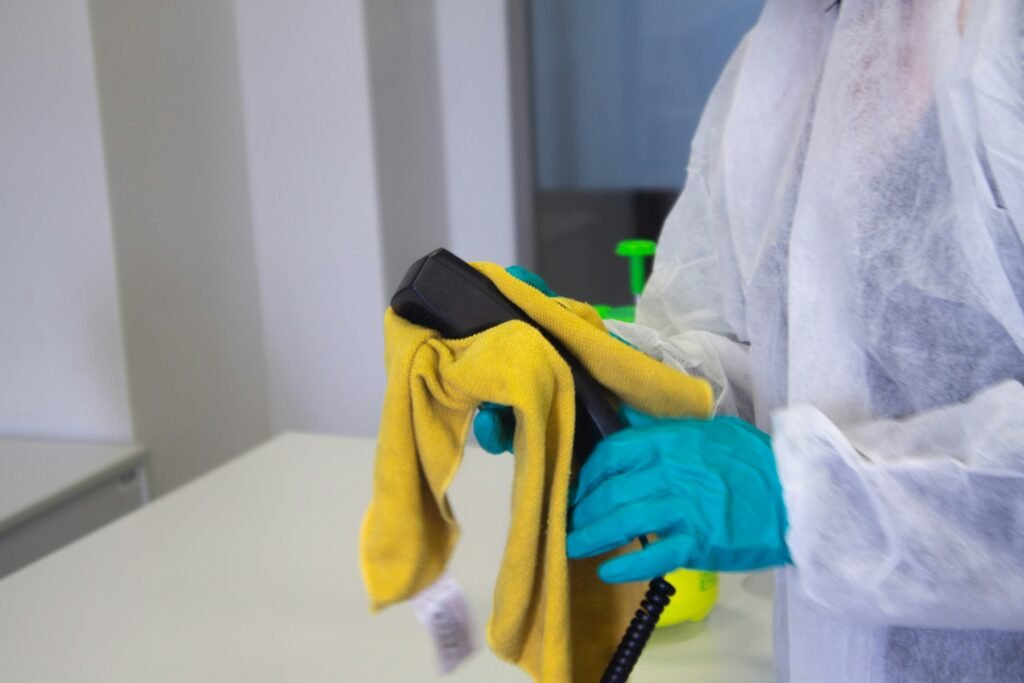Are your string bracelets starting to lose their shine? Fret not! In this article, you will discover some effective cleaning techniques that will help you bring back the brilliance and preserve the beauty of your beloved string bracelets. From simple household ingredients to professional cleaning solutions, we have got you covered with tips and tricks that will leave your bracelets looking as good as new. Say goodbye to tarnish and dirt, and say hello to sparkling string bracelets that will make heads turn.

This image is property of images.unsplash.com.
Importance of Cleaning String Bracelets
String bracelets are not just fashionable accessories; they also hold sentimental value for many people. Whether it’s a friendship bracelet or a special gift from a loved one, taking care of your string bracelets is essential to keep them looking their best and ensure their longevity. Regular cleaning is an important part of maintaining the appearance and condition of your string bracelets.
Why cleaning is necessary
Over time, string bracelets can accumulate dirt, sweat, and oils from your skin, which can lead to discoloration and a dull appearance. By regularly cleaning your bracelets, you can remove these impurities and restore their vibrant colors. Cleaning also helps to prevent the build-up of bacteria and microorganisms, ensuring that your bracelets remain hygienic to wear. Additionally, cleaning can help to prevent damage caused by dirt particles that can scratch the surface of the bracelet’s material.
Benefits of regular cleaning
Regular cleaning of your string bracelets offers several benefits. Firstly, it helps to maintain their appearance, ensuring that they continue to look clean, fresh, and vibrant. This is especially important if you wear your bracelets frequently or if they contain delicate and light-colored materials like silk or cotton, which can easily show dirt and stains. Additionally, cleaning your bracelets regularly can help to prevent the development of odors caused by the accumulation of sweat and bacteria. By removing these impurities, you can enjoy wearing your bracelets without any concerns about unpleasant smells.
Cleaning your string bracelets also helps to extend their lifespan. By removing dirt and oils, you prevent them from penetrating the fibers of the bracelet, which can weaken the material over time. This is particularly important for delicate materials like silk and wool, which can be easily damaged if not properly cared for. By incorporating regular cleaning into your bracelet care routine, you can enjoy your favorite string bracelets for years to come.

This image is property of images.unsplash.com.
Common Materials used in String Bracelets
String bracelets can be made from a variety of materials, each with its own unique characteristics and care requirements. Understanding the common materials used in string bracelets can help you choose the right cleaning techniques and products for maintaining their appearance and integrity.
Cotton
Cotton is a popular material for string bracelets due to its softness and breathability. It is relatively easy to clean and care for, making it a versatile choice for everyday wear. Cotton bracelets can typically be hand washed using mild soap and lukewarm water. Gently scrubbing with a soft brush will help remove dirt and stains, followed by thorough rinsing to ensure all soap residue is removed. Allow the bracelet to dry flat on a clean towel to prevent stretching and distortion.
Silk
Silk string bracelets are known for their elegance and luxurious feel. However, silk is a delicate material that requires special care to maintain its luster and softness. When cleaning silk bracelets, it is best to consult a professional cleaner to avoid any damage or color fading. If you choose to clean silk bracelets at home, use specialized cleaning products specifically designed for delicate fabrics. Always follow the manufacturer’s instructions and proceed with caution to avoid any mishaps.
Nylon
Nylon is a durable and versatile material commonly used in string bracelets. It is a synthetic fiber that is resistant to stretching and shrinking, making it suitable for everyday wear. Cleaning nylon bracelets is relatively simple and can be done using mild soap and lukewarm water. Gently scrubbing the bracelet with a soft brush followed by thorough rinsing will help remove dirt and grime. After cleaning, air dry the bracelet to ensure it retains its shape and elasticity.
Hemp
Hemp string bracelets are often favored for their natural and bohemian look. Hemp is a sturdy material that is resistant to wear and tear, making it suitable for both casual and active wear. To clean hemp bracelets, hand washing is recommended using mild soap and lukewarm water. Gently scrub the bracelet to remove dirt and stains, and rinse thoroughly to remove all soap residue. Avoid using harsh chemicals or bleach on hemp bracelets, as they can weaken the fibers.
Polyester
Polyester string bracelets are known for their durability and resistance to fading and staining. They are relatively easy to clean and care for, making them suitable for everyday wear. To clean polyester bracelets, hand washing with mild soap and lukewarm water is recommended. Gently scrub the bracelet with a soft brush, rinse thoroughly, and allow it to air dry or on a clean towel.
Wool
Wool string bracelets offer a cozy and warm feel, perfect for colder seasons. However, wool is a delicate material that requires extra care when cleaning. To clean wool bracelets, it is best to consult a professional cleaner with experience in handling wool fibers. They can safely remove any dirt or stains without causing damage or shrinkage. It is important to avoid using hot water or harsh chemicals on wool, as they can damage the material.
